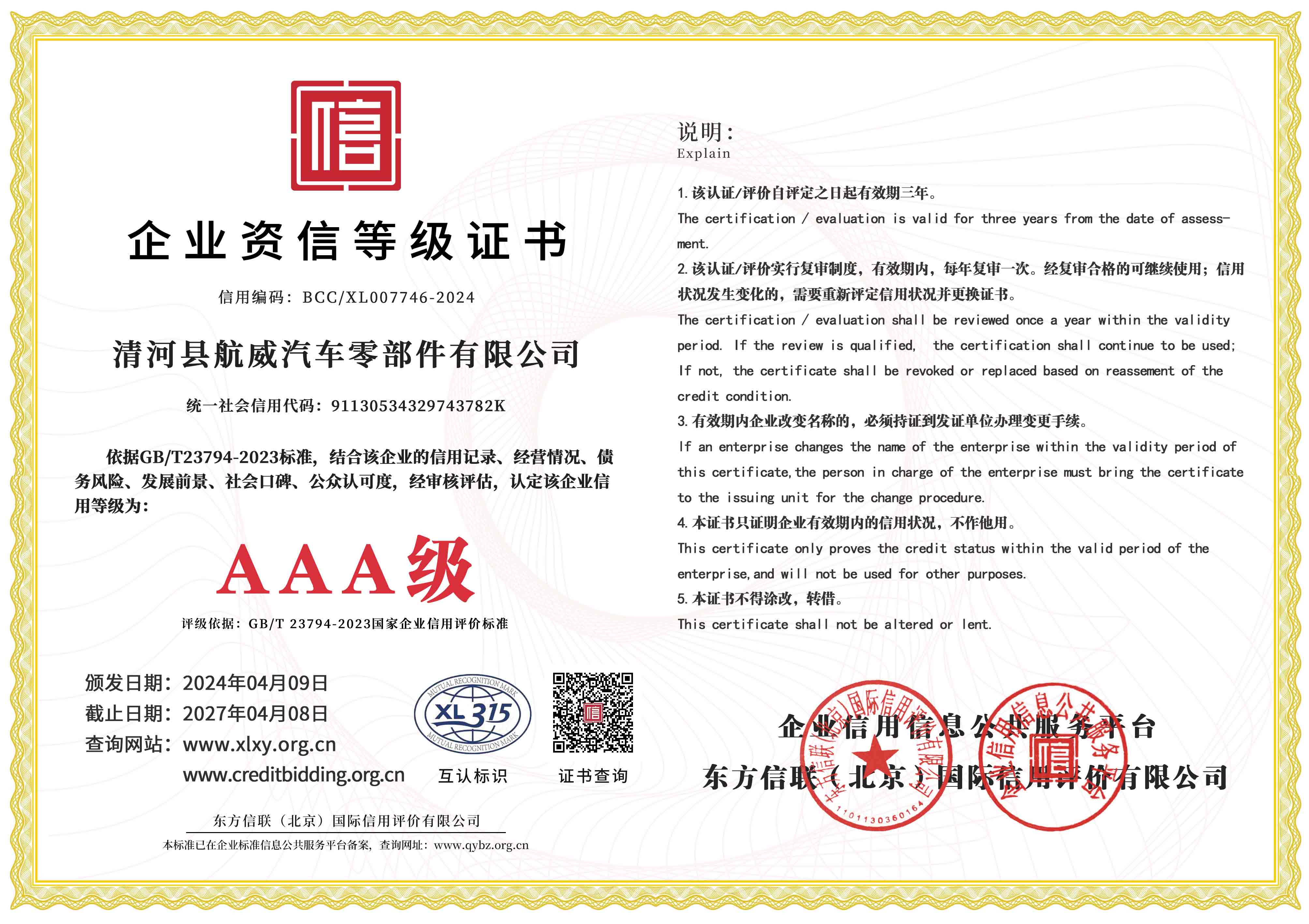Clutch Cable Assembly for Enhanced Performance and Durability
Understanding the Cable Assembly Clutch A Comprehensive Overview
The cable assembly clutch is an essential component used in various mechanical systems, particularly in automotive and aerospace applications. This complex part is primarily responsible for ensuring the smooth operation of clutches, enabling precise control over the engagement and disengagement of power transmission. In this article, we will delve into the intricacies of the cable assembly clutch, exploring its components, functionalities, and significance in modern engineering.
What is a Cable Assembly Clutch?
At its core, a cable assembly clutch utilizes a combination of cables and mechanical elements to control the clutching mechanism in vehicles or machinery. It typically comprises a clutch cable, lever, and a housing that houses the cable and lever assembly. The clutch cable connects the pedal to the clutch mechanism, allowing for the transfer of force when the pedal is depressed or released. This system helps engage or disengage the clutch smoothly, providing a seamless driving experience.
Components of a Cable Assembly Clutch
1. Clutch Cable The primary component of the cable assembly clutch is the clutch cable itself. This durable cable is designed to withstand significant tension and wear over time. It is often coated with a protective layer to prevent corrosion and ensure longevity.
2. Lever Mechanism The lever mechanism translates the pedal movement into cable tension. When the driver presses the clutch pedal, the lever pivots, pulling the cable taut and engaging the clutch.
3. Housing The housing protects the cable and lever assembly from environmental elements, providing a streamlined look and preventing damage during operation. It often features mounting brackets for secure attachment to the vehicle's chassis.
4. Adjustable Tensioners Many cable assembly clutches come equipped with adjustable tensioners that allow for fine-tuning of cable slack. This is crucial for maintaining optimal performance and prolonging the lifespan of the clutch system.
How the Cable Assembly Clutch Works
cable assy clutch

When a driver presses the clutch pedal, the lever mechanism pivots, pulling the clutch cable tight. This action activates the clutch mechanism, disengaging the engine from the transmission. As the driver releases the pedal, the tension on the cable decreases, allowing the clutch to engage smoothly. This process is critical for shifting gears without damage to the transmission and engine.
Importance in Automotive Engineering
The cable assembly clutch plays a vital role in ensuring the performance and reliability of vehicles. Unlike hydraulic systems, cable-operated clutches are usually lighter and simpler in design, making them easier to maintain and repair. Additionally, the mechanical nature of these systems offers precise feedback to the driver, enhancing the overall driving experience.
In high-performance vehicles, the efficiency of the clutch can significantly impact accelerative capabilities and overall handling. Therefore, manufacturers continually optimize cable assembly designs to reduce friction and improve responsiveness. The evolution of materials used in cable construction has also led to lighter and more robust options, further enhancing performance metrics.
Future Perspectives
As automotive technology continues to advance, the cable assembly clutch is expected to undergo further refinements. With the rise of electric and hybrid vehicles, there may be new challenges and opportunities for this component. Integrating smart technology within the clutch system could pave the way for enhanced performance monitoring, allowing for predictive maintenance and improved reliability.
Moreover, as environmental regulations become stricter, the need for lightweight and efficient automotive components will only increase. The cable assembly clutch is well positioned to meet these demands, thanks to its inherent design advantages.
Conclusion
In summary, the cable assembly clutch is a pivotal component in many mechanical systems, particularly within the automotive industry. Its unique design and functionality offer significant benefits regarding performance, maintenance, and cost-effectiveness. As technological advancements continue to shape the future of automotive engineering, the cable assembly clutch will likely remain a vital part of ensuring efficient and reliable vehicle operation. Whether in traditional vehicles or the next generation of environmentally friendly options, this component is sure to play a crucial role in the evolution of transportation.
-
Workings of Clutch Pipe and Hose SystemsNewsJun.04,2025
-
The Inner Workings of Hand Brake Cable SystemsNewsJun.04,2025
-
The Secrets of Throttle and Accelerator CablesNewsJun.04,2025
-
The Hidden Lifeline of Your Transmission Gear Shift CablesNewsJun.04,2025
-
Demystifying Gear Cables and Shift LinkagesNewsJun.04,2025
-
Decoding Clutch Line Systems A Comprehensive GuideNewsJun.04,2025
